Jason L. Deglint
SALT: Sea lice Adaptive Lattice Tracking -- An Unsupervised Approach to Generate an Improved Ocean Model
Jun 24, 2021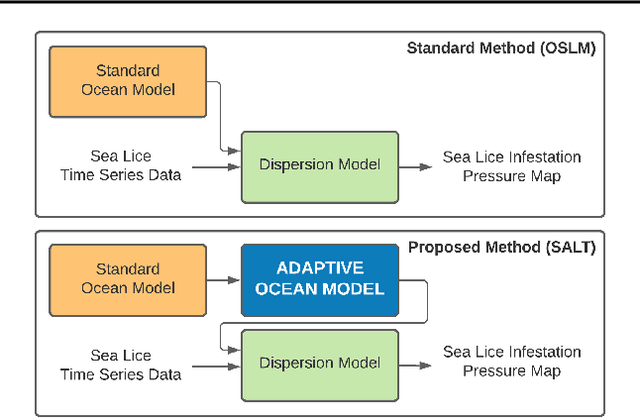
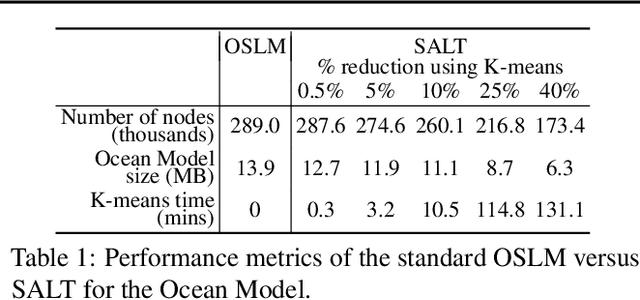
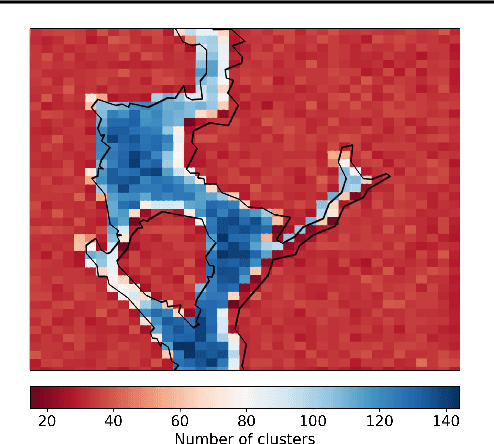

Abstract:Warming oceans due to climate change are leading to increased numbers of ectoparasitic copepods, also known as sea lice, which can cause significant ecological loss to wild salmon populations and major economic loss to aquaculture sites. The main transport mechanism driving the spread of sea lice populations are near-surface ocean currents. Present strategies to estimate the distribution of sea lice larvae are computationally complex and limit full-scale analysis. Motivated to address this challenge, we propose SALT: Sea lice Adaptive Lattice Tracking approach for efficient estimation of sea lice dispersion and distribution in space and time. Specifically, an adaptive spatial mesh is generated by merging nodes in the lattice graph of the Ocean Model based on local ocean properties, thus enabling highly efficient graph representation. SALT demonstrates improved efficiency while maintaining consistent results with the standard method, using near-surface current data for Hardangerfjord, Norway. The proposed SALT technique shows promise for enhancing proactive aquaculture management through predictive modelling of sea lice infestation pressure maps in a changing climate.
Taking a Stance on Fake News: Towards Automatic Disinformation Assessment via Deep Bidirectional Transformer Language Models for Stance Detection
Nov 27, 2019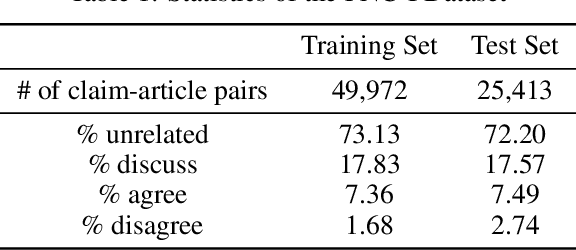
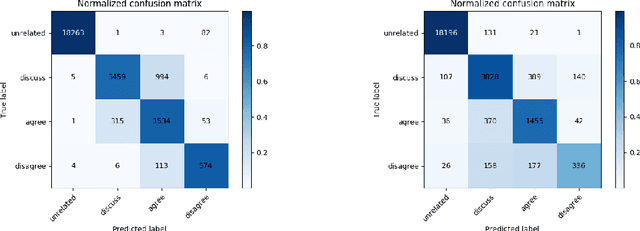
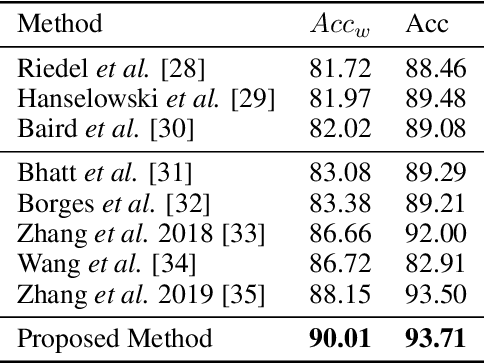
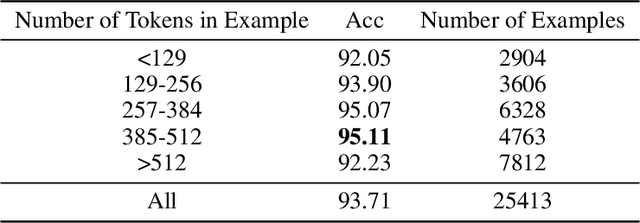
Abstract:The exponential rise of social media and digital news in the past decade has had the unfortunate consequence of escalating what the United Nations has called a global topic of concern: the growing prevalence of disinformation. Given the complexity and time-consuming nature of combating disinformation through human assessment, one is motivated to explore harnessing AI solutions to automatically assess news articles for the presence of disinformation. A valuable first step towards automatic identification of disinformation is stance detection, where given a claim and a news article, the aim is to predict if the article agrees, disagrees, takes no position, or is unrelated to the claim. Existing approaches in literature have largely relied on hand-engineered features or shallow learned representations (e.g., word embeddings) to encode the claim-article pairs, which can limit the level of representational expressiveness needed to tackle the high complexity of disinformation identification. In this work, we explore the notion of harnessing large-scale deep bidirectional transformer language models for encoding claim-article pairs in an effort to construct state-of-the-art stance detection geared for identifying disinformation. Taking advantage of bidirectional cross-attention between claim-article pairs via pair encoding with self-attention, we construct a large-scale language model for stance detection by performing transfer learning on a RoBERTa deep bidirectional transformer language model, and were able to achieve state-of-the-art performance (weighted accuracy of 90.01%) on the Fake News Challenge Stage 1 (FNC-I) benchmark. These promising results serve as motivation for harnessing such large-scale language models as powerful building blocks for creating effective AI solutions to combat disinformation.
Investigating the Automatic Classification of Algae Using Fusion of Spectral and Morphological Characteristics of Algae via Deep Residual Learning
Oct 25, 2018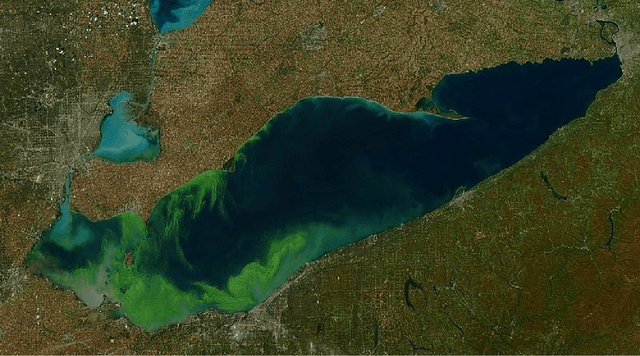
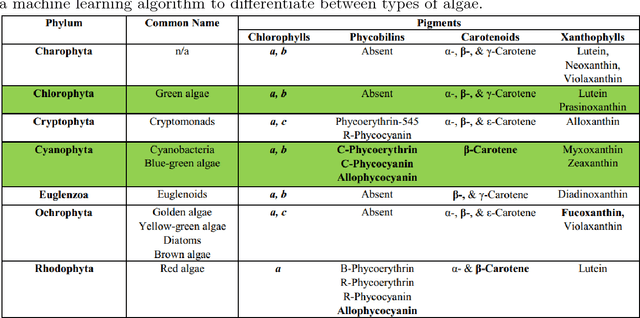

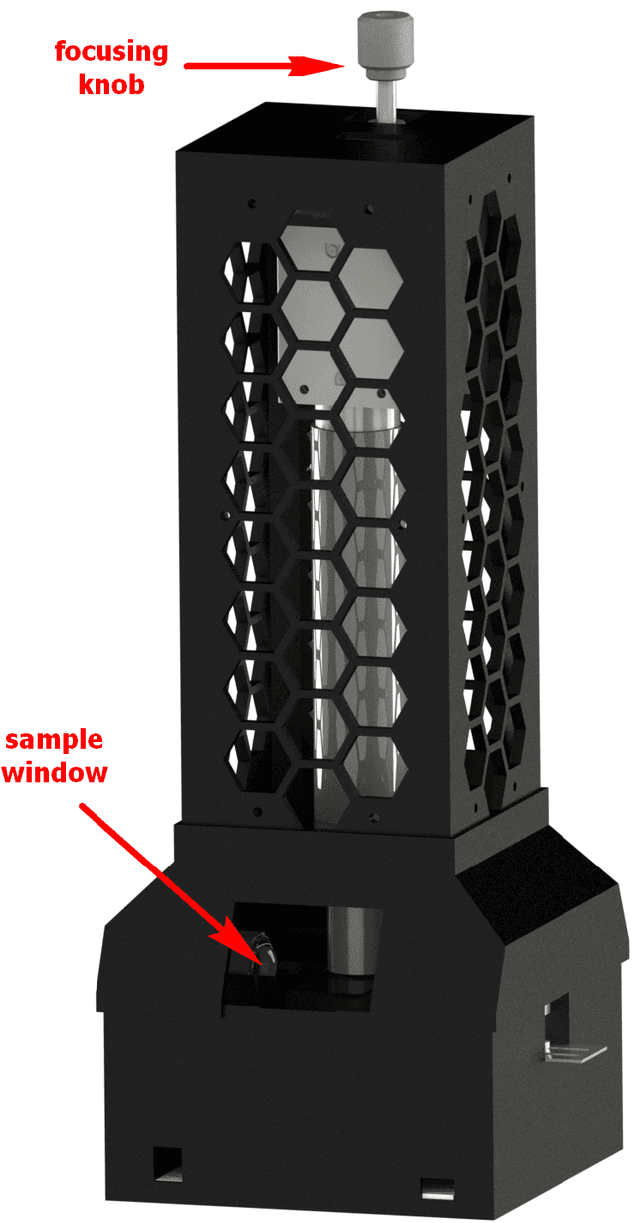
Abstract:Under the impact of global climate changes and human activities, harmful algae blooms in surface waters have become a growing concern due to negative impacts on water related industries. Therefore, reliable and cost effective methods of quantifying the type and concentration of threshold levels of algae cells has become critical for ensuring successful water management. In this work, we present SAMSON, an innovative system to automatically classify multiple types of algae from different phyla groups by combining standard morphological features with their multi-wavelength signals. Two phyla with focused investigation in this study are the Cyanophyta phylum (blue-green algae), and the Chlorophyta phylum (green algae). We use a custom-designed microscopy imaging system which is configured to image water samples at two fluorescent wavelengths and seven absorption wavelengths using discrete-wavelength high-powered light emitting diodes (LEDs). Powered by computer vision and machine learning, we investigate the possibility and effectiveness of automatic classification using a deep residual convolutional neural network. More specifically, a classification accuracy of 96% was achieved in an experiment conducted with six different algae types. This high level of accuracy was achieved using a deep residual convolutional neural network that learns the optimal combination of spectral and morphological features. These findings elude to the possibility of leveraging a unique fingerprint of algae cell (i.e. spectral wavelengths and morphological features) to automatically distinguish different algae types. Our work herein demonstrates that, when coupled with multi-band fluorescence microscopy, machine learning algorithms can potentially be used as a robust and cost-effective tool for identifying and enumerating algae cells.
The feasibility of automated identification of six algae types using neural networks and fluorescence-based spectral-morphological features
May 03, 2018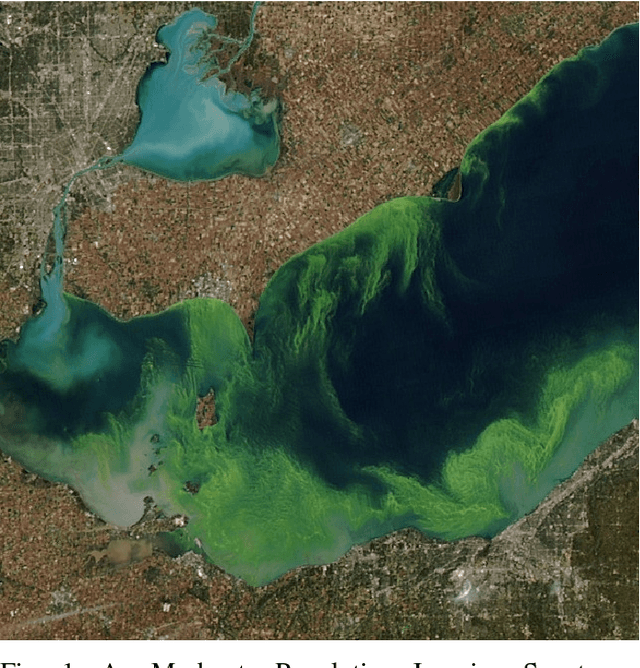

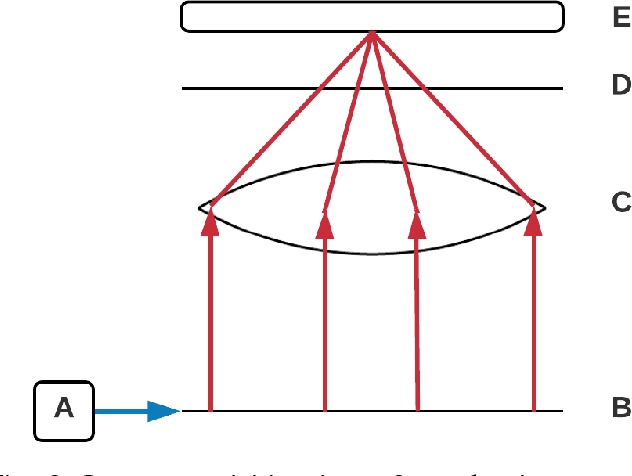
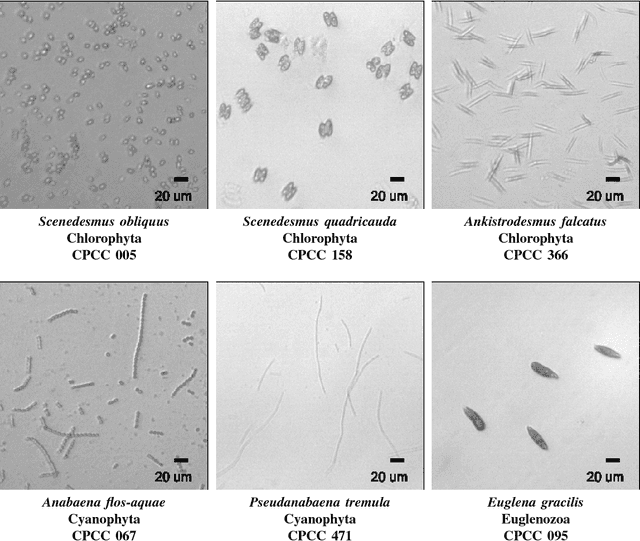
Abstract:Harmful algae blooms (HABs), which produce lethal toxins, are a growing global concern since they negatively affect the quality of drinking water and have major negative impact on wildlife, the fishing industry, as well as tourism and recreational water use. In this study, we investigate the feasibility of leveraging machine learning and fluorescence-based spectral-morphological features to enable the identification of six different algae types in an automated fashion. More specifically, a custom multi-band fluorescence imaging microscope is used to capture fluorescence imaging data of a water sample at six different excitation wavelengths ranging from 405 nm - 530 nm. A number of morphological and spectral fluorescence features are then extracted from the isolated micro-organism imaging data, and used to train neural network classification models designed for the purpose of identification of the six algae types given an isolated micro-organism. Experimental results using three different neural network classification models showed that the use of either fluorescence-based spectral features or fluorescence-based spectral-morphological features to train neural network classification models led to statistically significant improvements in identification accuracy when compared to the use of morphological features (with average identification accuracies of 95.7%+/-3.5% and 96.1%+/-1.5%, respectively). These preliminary results are quite promising, given that the identification accuracy of human taxonomists are typically between the range of 67% and 83%, and thus illustrates the feasibility of leveraging machine learning and fluorescence-based spectral-morphological features as a viable method for automated identification of different algae types.
 Add to Chrome
Add to Chrome Add to Firefox
Add to Firefox Add to Edge
Add to Edge